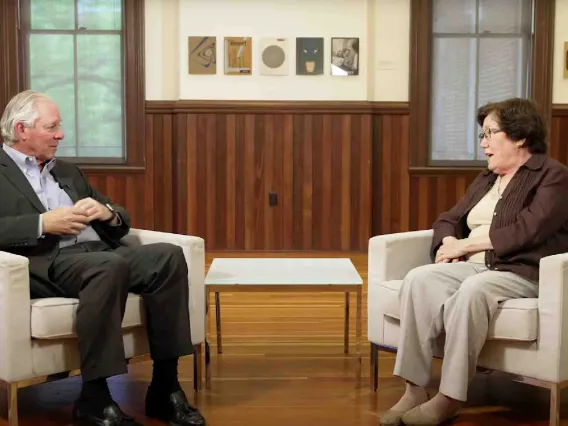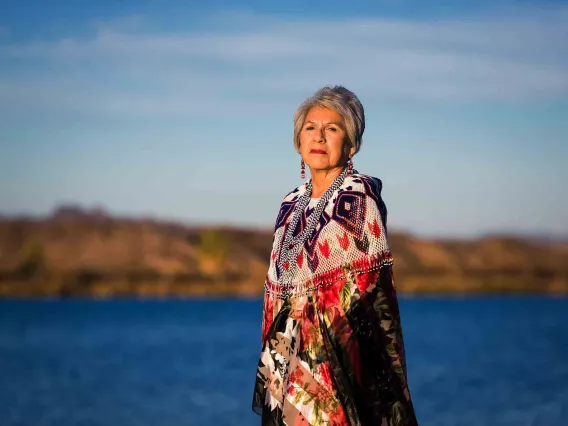Solutions for a Changing Climate
Experts suggest solutions to encourage food, water and economic security in a changing climate.

Most of the world’s food is grown in semi-arid environments, like Arizona. But growing food reliably in such places will become more challenging as temperatures rise and water supplies dwindle, experts say. This eventuality threatens not only the state’s agricultural sector — a major player in American food production — but also the rural communities at the heart of agricultural production.
In December 2022, University of Arizona President Robert C. Robbins convened the Presidential Advisory Commission on the Future of Agriculture and Food Production in a Drying Climate and tasked it with proposing solutions to this problem.
After six months of consulting and surveying experts and stakeholders, the commission released a report identifying threats to Arizona agriculture as well as potential solutions.
The commission recommends five actions that UArizona can take:
- Creating a Center for Soil Health to bring food producers and researchers together to
maintain and restore soils. - Creating technology and innovation hubs at the Maricopa, Yuma and Campus Agricultural centers, as well as at Biosphere 2, to shrink the gap between idea generation and implementation. These hubs will not only develop and test new technologies but also educate students.
- Expanding partnerships with the tribal agriculture community to learn from historical
agricultural knowledge and exchange ideas. - Establishing new and strengthening existing collaborations with institutions in arid regions around the world to learn from and share with partners facing similar climate pressures.


